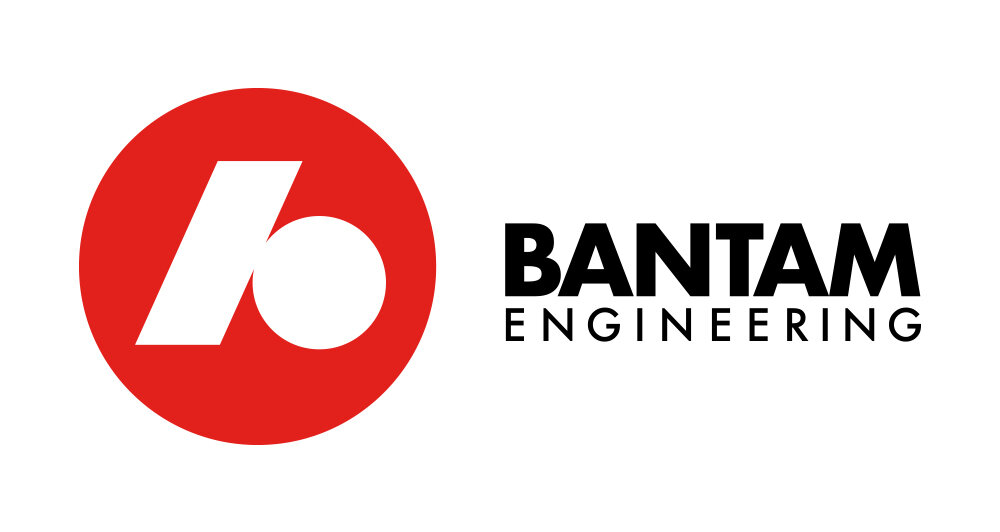When we were designing the HVAC system for an airport client, we learned a few things that we want to pass on to other engineers. Clients care more about ventilation than ever. Because of COVID-19, they are asking questions about recirculating air between rooms. We agree with them that 100% outside air is a safe bet.
Below is a very abbreviated method that we use for all our DOAS (dedicated outdoor air system) projects:
Run the heating/cooling loads as you normally would using TRACE of whatever program you use. Get output that shows envelope loads for each zone. (Ignore the latent load information you get from the program.)
Make a spreadsheet showing each zone’s square feet, number of people in the zone, envelope heating load, and envelope cooling load.
Calculate ventilation requirements for each zone as you normally would using ASHRAE 62.1 standards. (We use a separate spreadsheet that feeds the ventilation cfm into the spreadsheet from step #2.)
In the main spreadsheet, calculate the amount of air you’ll need to cover the latent load. Use the delta h equation from your college days in thermodynamics. (Or look it up online if you were drinking too heavily in college to have accurate recall of those days.) You will need to know the enthalpy (h) of the air leaving your main air handling unit delivering to the zones. This is where you’ll either get the temperature coming from the main unit from the core and shell team, or you’ll decide on it yourself if you are specifying the main unit. If you are specifying the main unit, use a delivery air temperature that is warmer than you’d normally deliver in a standard system - more like 62 F than 55 F.
Create a column in your growing spreadsheet to automatically pick the greater of the cfm for each zone - the latent load cfm or the ventilation cfm. Then create another column to add cfm if you want to. That will be key later.
Now you have an idea how much air you are delivering to each zone to cover ventilation and latent loads. Create another column to show the sensible cooling load. That sensible load is the sum of lights, equipment, and the occupants’ sensible (not latent) load.
Now the fun begins. For areas where you don’t want add radiant systems, pump up the air volume in that column you created in step #5. We do this for very small rooms, places with anti-ligature restrictions, or rooms in which the architect wants to keep the ceiling clear. At this point, you want to pay attention to the size of your main DOAS unit. It only has so much air to deliver, but you can assume that not all areas will be calling for maximum cfm at the same time. Be careful, though, because unlike a standard design that uses lots of cfm for cooling, you don’t have as much diversity to play with. It’s possible that many rooms could be occupied and require their full ventilation requirement.
After you are done adding extra cfm to areas, create columns to subtract the cooling that air is doing from the full cooling load you created in #6. (I know. This spreadsheet gets big, but it’s worth it.) The number you get here is the cooling left for the radiant system. You can use it to figure out how many panels or sails you need in each area. Where the area of panels or sails exceeds 80% or so of the ceiling space, you need to go back and add more air to that area.
Heating is a little simpler. Use the envelope loads and a reasonable envelope infiltration number to calculate your heating need in each zone. We use terminal units with heating coils for each zone. Interior zones in need of cooling still receive the cool air from the DOAS while the TUs bump up the delivery temperature for perimeter zones in need of heating. Since cooling drives the square feet of your panels and sails, you’ll likely be left with plenty of heating capacity for your perimeter zones. We set up columns in our spreadsheet to check that (Heating provided by TU air +heating provided by sails/panels - heating needed.)
I know that’s not enough information to execute a full design if you’ve never done it before, but these hints would have helped us on our first 100% OSA design. Checking your latent vs. ventilation cfm and then adding cfm where you want it was key to reducing radiant equipment.


